ADD/ADHD CLINIC FOR ADULTS
Working Time
- Mon-Sat 8:00am – 5:00pm
Contact Info
-
Phone: +234 803 345 1351
Ask the Experts
ADD/ADHD CLINIC FOR ADULTS
Many adults with Attention Deficit Disorder (ADD) /Attention Deficit Hyperactivity Disorder (ADHD) are not aware they have it. They just know that everyday tasks can be a challenge. Adults with ADD/ADHD may find it difficult to focus and prioritize, leading to missed deadlines and forgotten meetings or social plans. The inability to control impulses can range from impatience waiting in line or driving in traffic to mood swings and outbursts of anger.
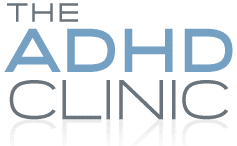
What is Adult ADD/ ADHD?
Adult ADD/ADHD is a mental health disorder that includes a pattern of persistent symptoms, such as difficulty paying attention, hyperactivity and impulsive behaviour. ADD/ADHD often leads to unstable relationships, poor work or school performance and low self-esteem.
Some symptoms of ADD/ADHD are as follows:
- Impulsivity
- Disorganization and problems prioritizing
- Poor time management skills
- Problems focusing on a task
- Trouble multitasking
- Excessive activity or restlessness
- Poor planning
- Low frustration tolerance
- Frequent mood swings
- Problems following through and completing tasks
- Anger outburst
- Trouble coping with stress
If you have any or some of the above listed symptoms, look no further you are in the right place. We offer a comprehensive assessment and a wide range of completely non-drug and non-invasive personalized treatment techniques for ADD/ADHD.
ADD/ADHD ASSESSMENT
A comprehensive assessment is a crucial part of diagnosing ADD/ADHD.
Assessment Step 1: Clinical interview
Assessment Step 2: Administration of Structured Questionnaires and Observation
Step 3: Neurofeedback Assessment (Optional)ADD/ADHD TREATMENT
We provide a wide range of solid based treatment modalities. Some of these are:
- Neurofeedback therapy
- Bio-feedback therapy
- Neuro-cognitive therapy
- Brain entrainment therapy
- Meta Cognitive therapy
- NEUROFEEDBACK THERAPY
Neurofeedback is an effective non-drug, non-invasive training for the brain. The brain needs healthy fast- and slow-moving brainwave activity to function at its best. Neurofeedback, a form of biofeedback, works to change the electrical activity of the brain. It is a non-invasive treatment that works toward improving the source of unwanted symptoms. Neurofeedback therapy is often added to the patient’s treatment plan in order to help improve the brain’s ability to sustain attention and concentration for prolonged periods of time.
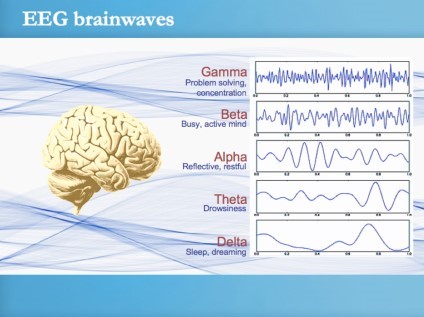
What do our clients achieve during neurofeedback therapy sessions?
- Focused concentration – the clients learn to reduce the brainwave frequencies that are responsible for daydreaming and lack of focus /concentration. These brainwaves are Delta, Theta and Low Alpha.
- Increased calm alert state – the clients learns to increase brainwave frequencies responsible for the feeling of calmness yet ready and alert (SMR/low beta).
- Decreased feeling of anxiety – the client learns to reduce brainwaves associated with rumination (high beta).
- Increase in Active Thinking – the client learns to increase brainwaves associated with speed of processing information and problem solving.
- BIOFEEDBACK THERAPY
Biofeedback is the process of learning to control physiological functions by the use of instrumentation. In addition, biofeedback is a process that enables you to learn how to change physiological activities for the purposes of improving health and performance. Precise instruments measure physiological activities such as brainwaves, heart function, breathing, muscle activity, and skin temperature. These instruments rapidly and accurately feedback information to the user.
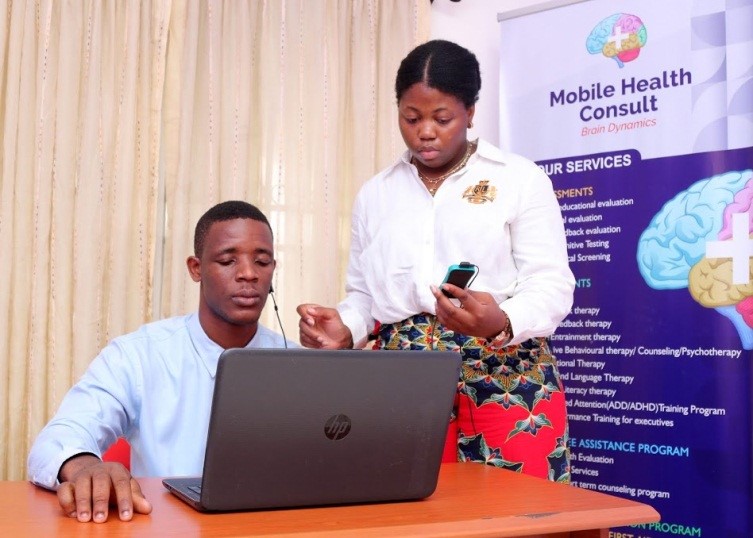
Over time, these changes can endure without continued use of an instrument. Biofeedback training requires attaching sensors to the body for the purpose of acquiring biological signals such as those produced muscles, sweat glands, body temperature and heart rhythm. The goal of biofeedback training is gaining mental control over subconscious biological processes. Biofeedback promotes a stronger sense of self and responsibility for wellness. It has been found to be effective in managing ADD/ADHD among adults and children.
- BRAIN ENTRAINMENT THERAPY
Brain Entrainment Therapy is an alternative procedure that modulates neural activities by synchronizing brainwave frequency with stimuli. It does this using sound and light called Audio-Visual Entrainment (AVE).
AVE is a technique that uses pulses of light and sound at specific frequencies to gently and safely guide the brain into various brainwave patterns. By altering the brainwave frequencies, there will be mood stability, improved sleep patterns, sharp mind, and increased relaxation levels. AVE can produce situationally-appropriate brainwave frequencies through the process of entrainment (the tendency of physiological processes to mirror environmental stimuli). AVE also increases cerebral blood flow (blood flow in the brain) and increases the metabolization of glucose in the brain for improved functioning of the neurons. The combined outcome of these processes is improved mental performance.
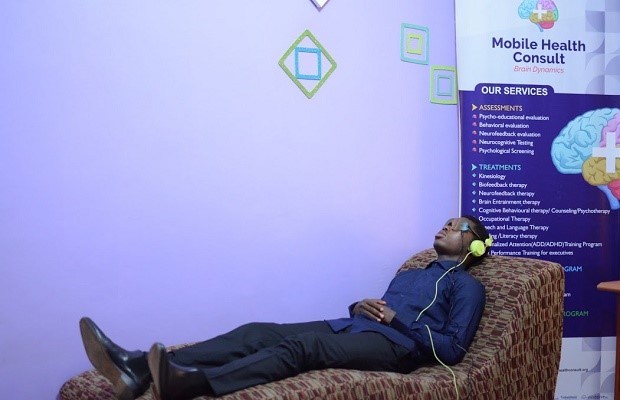
It is an effective, inexpensive alternative therapy for ADD/ADHD. It is used to successfully boost physical performance for athletes, academic performance for students, business performance and corporate wellness, and cognitive performance for both young and old adults.
- NEURO-COGNITIVE THERAPY
Neurocognitive therapy is often added to the patient’s treatment plan in order to help improve the brain’s ability to sustain attention and concentration for prolonged periods of time. These interventions are also designed to help improve auditory and visual processing, sequencing, and memory.
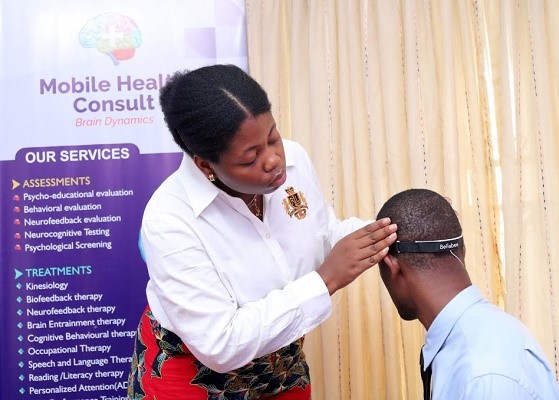
As brain function improves, the patient develops greater confidence and calmness. Patients with ADD/ADHD, learning disorders, memory impairment, impulse control difficulties, or slow processing speed can improve their brain function through neurocognitive therapy.
- EDUCATIONAL THERAPIES/METACOGNITIVE STRATEGIES
How do students know they’ve learned what they need to know? This core question is what lies behind addressing metacognitive and learning strategies.

Metacognitive strategies are used to develop study habits in students. Metacognitive strategies refers to methods used to help students understand the way they learn; in other words, it means processes designed for students to ‘think’ about their ‘thinking’.
